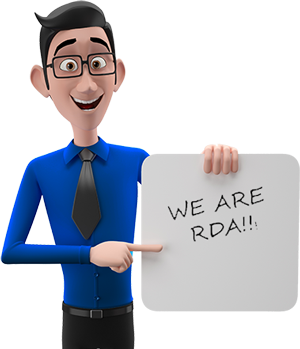For homeowners associations (HOAs), maintaining a healthy reserve fund is essential for covering major repairs and replacements over time. HOA Reserve fund strength is a key indicator of financial health, helping HOAs plan ahead and avoid unexpected financial strain on homeowners. This guide will explain what reserve fund strength means, how to calculate it, and why it’s vital to maintaining your community’s stability and property values.
What Is Reserve Fund Strength?
Reserve fund strength measures an HOA’s readiness to cover future repair and replacement costs for shared assets, like roofs, pools, and landscaping. By regularly evaluating reserve fund strength, HOA boards can assess whether the current budget is sufficient for long-term obligations without needing special assessments or large dues increases.
There are three primary indicators of reserve fund strength:
- Component List: This inventory lists all HOA-maintained assets, their expected lifespan, and the estimated cost for their replacement or repair.
- Fully Funded Balance: This amount should ideally be in the reserve fund to cover all anticipated future expenses.
- Percent Funded: The percent funded calculation compares the actual reserve balance to the fully funded balance, providing a snapshot of financial health.
Learn more about how reserve funds work from Kuester Management Group.
How to Calculate Reserve Fund Strength
To calculate your HOA’s reserve fund strength, follow these steps:
- Create or Update the Reserve Component List
Start by listing all major components your HOA is responsible for, including each item’s remaining useful life and estimated replacement cost. - Determine the Fully Funded Balance
Calculate the fully funded balance by dividing each item’s replacement cost by its lifespan, then multiplying by the number of years left in its life cycle. - Calculate Percent Funded
Percent funded is calculated by dividing the current reserve fund balance by the fully funded balance and multiplying by 100. For example, if the fully funded balance is $500,000 and your reserves total $350,000, the reserve fund is 70% funded.
For a deeper dive into reserve fund calculations, visit Run HOA.
Interpreting Reserve Fund Strength
Once you’ve calculated percent funded, compare it to these benchmarks:
- 0-30% Funded (Weak): A reserve fund in this range may struggle to cover major expenses without a special assessment or dues increase.
- 31-69% Funded (Fair): Indicates moderate funding; the HOA can likely meet some expenses but may face challenges with unexpected or large repairs.
- 70-100% Funded (Strong): A financially healthy reserve fund, well-prepared to handle anticipated expenses and maintain stability.
A well-maintained reserve fund not only supports HOA financial stability but also enhances property values, as outlined by Southern Property Management Group.
Planning for the Future: Tips for HOA Boards
- Adjust Contributions Annually
Regularly increase reserve contributions to keep pace with inflation and aging assets. Annual budget reviews ensure the reserve fund grows in line with anticipated needs. - Use the Reserve Study as a Living Document
Update your reserve study every three to five years to reflect completed projects or asset condition changes. This keeps calculations accurate and relevant. - Communicate with Homeowners
Transparency is key. Regularly share updates on reserve fund health with homeowners to foster support for necessary funding increases.
Conclusion
Evaluating reserve fund strength is essential for any HOA board focused on long-term financial planning. By understanding and maintaining a well-funded reserve, your HOA can handle upcoming expenses smoothly, avoid large assessments, and create a financially stable environment for all residents.
Ready to Strengthen Your HOA’s Reserve Fund?
For expert guidance and resources tailored to HOA financial planning, visit Reserve Data Analysis today. Equip your board with the tools and insights to ensure lasting financial health for your community.
Related Articles:
-
- HOA Reserve Fund: Assessing Full Funding vs. Underfunding
“Assess whether your HOA reserve fund is fully funded or underfunded.” - Reserve Funding: Key to Condominium Health
“Understand the importance of reserve funding for condominium health.” - Funding Options for Reserve Studies: What You Need to Know
“Explore various funding options for reserve studies.”
- HOA Reserve Fund: Assessing Full Funding vs. Underfunding







